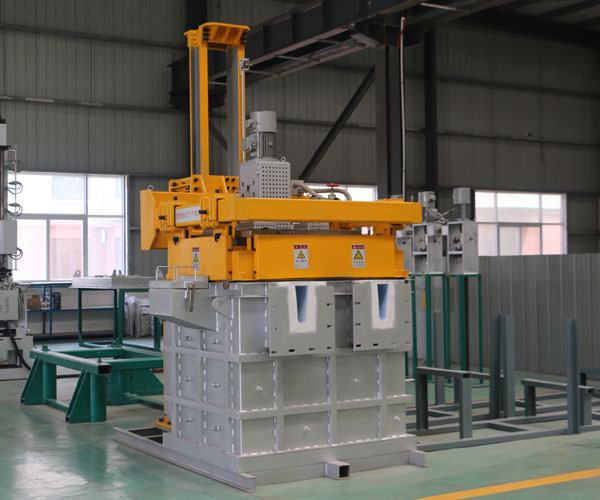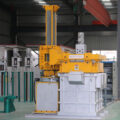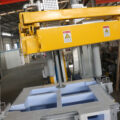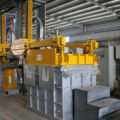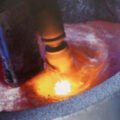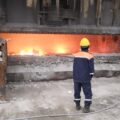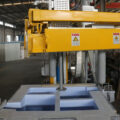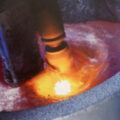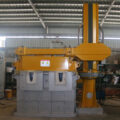The aluminum alloy liquid is refined and degassed by a rotary degassing device, and the gas content of the aluminum liquid is required to be ≤0.20 ml/100gAl. Through testing, the gas content of the aluminum alloy liquid is 0.16ml/100gAl, which meets the technical requirements, and does not exceed the standard, and the pores are basically.
AdTech on-line degassing equipment has an ultra-long life furnace body using a new type of high-silicon melting material manufacturing technology. The degassing rotor, heater protection sleeve, and thermocouple protection sleeve are all made of silicon nitride ceramic manufacturing technology and high additional production The production technology of aluminum products with high value and high technical performance requirements. The on-line rotary degassing device produced by AdTech is installed between the furnace and the casting machine to remove hydrogen and other residues contained in the molten aluminum and its alloys that affect its quality and mechanical properties. It has dual functions: degassing and heating. The degassing efficiency is stable at an average of 60%.
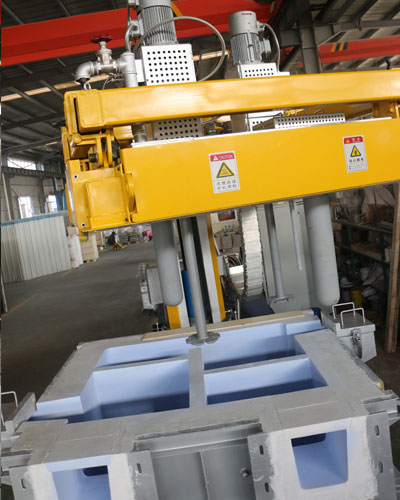
They are all distributed on the highest part of the middle hub, some on the surface, and some under the very shallow skin. They will be exposed after shot blasting or mechanical processing, and the distribution is not uniform. Therefore, it is judged that the pores are not due to the molten aluminum. The precipitating pores produced by the precipitation of the gas, but the immersive pores produced by the outside gas immersing in the aluminum alloy liquid.
After analysis, it is believed that the main reason for such immersive pores is that the pouring speed is too fast and the cavity is poorly exhausted. When the molten aluminum pouring speed is too fast to produce turbulent flow and the cavity is not well vented, the gas in the cavity is easily drawn into the molten aluminum, and then the gas is easily pushed by the liquid flow to the upper part of the casting during the filling process and finally filled The place. Due to the fast solidification rate of metal mold casting, it is difficult for the entrained gas to float out of the molten metal and exit the cavity, thereby forming pore defects on the upper surface of the casting or under the shallow skin.


